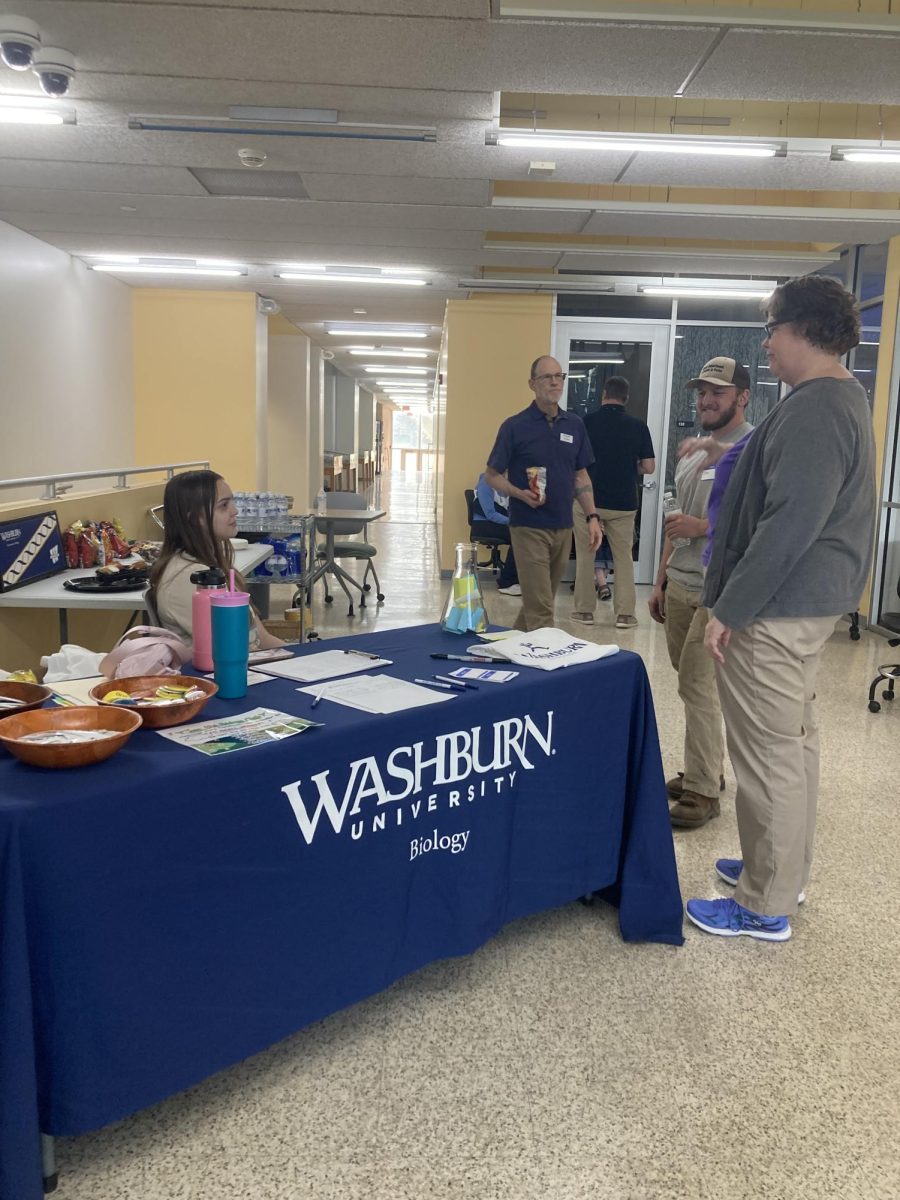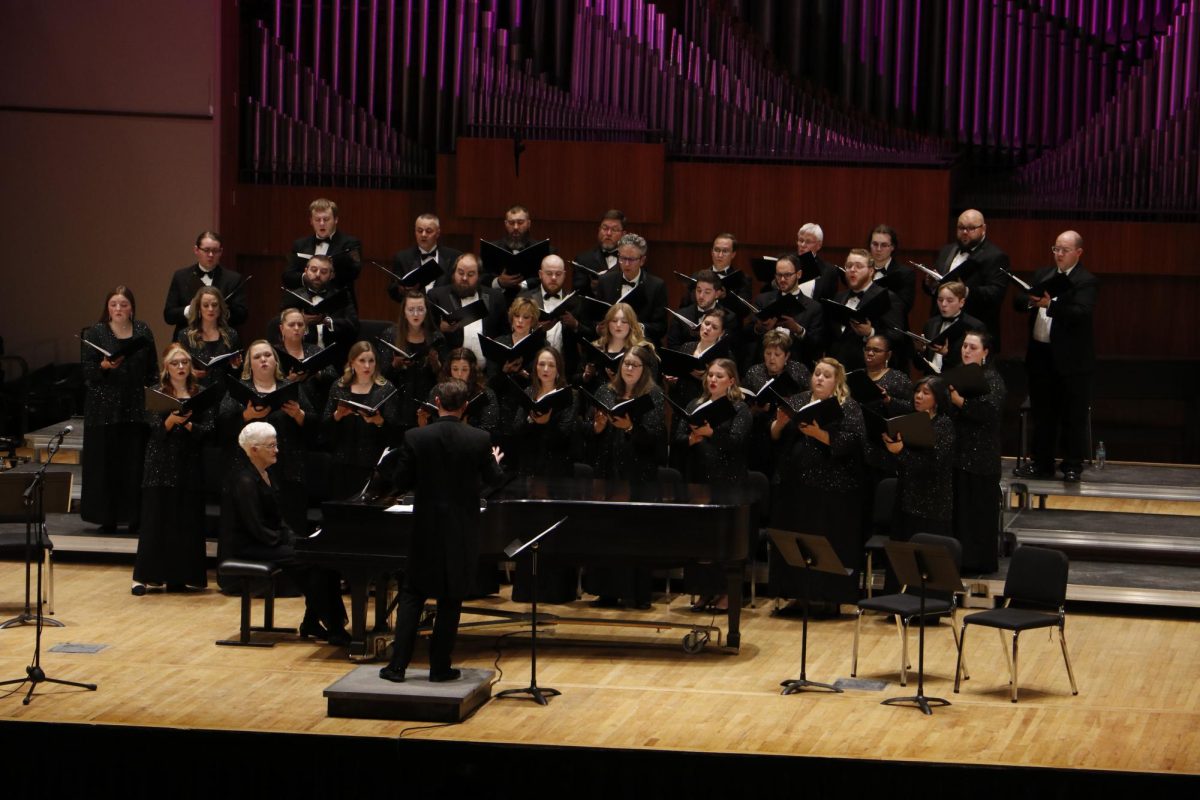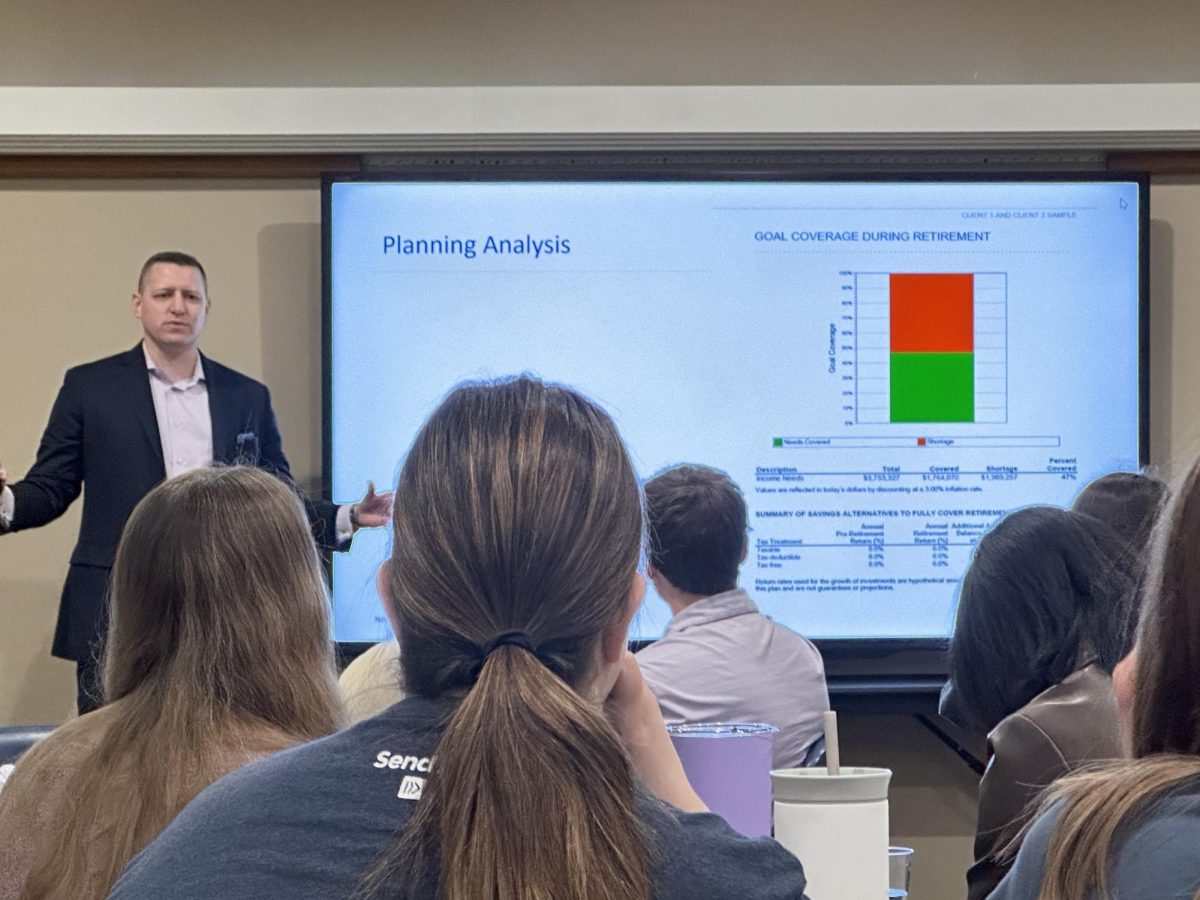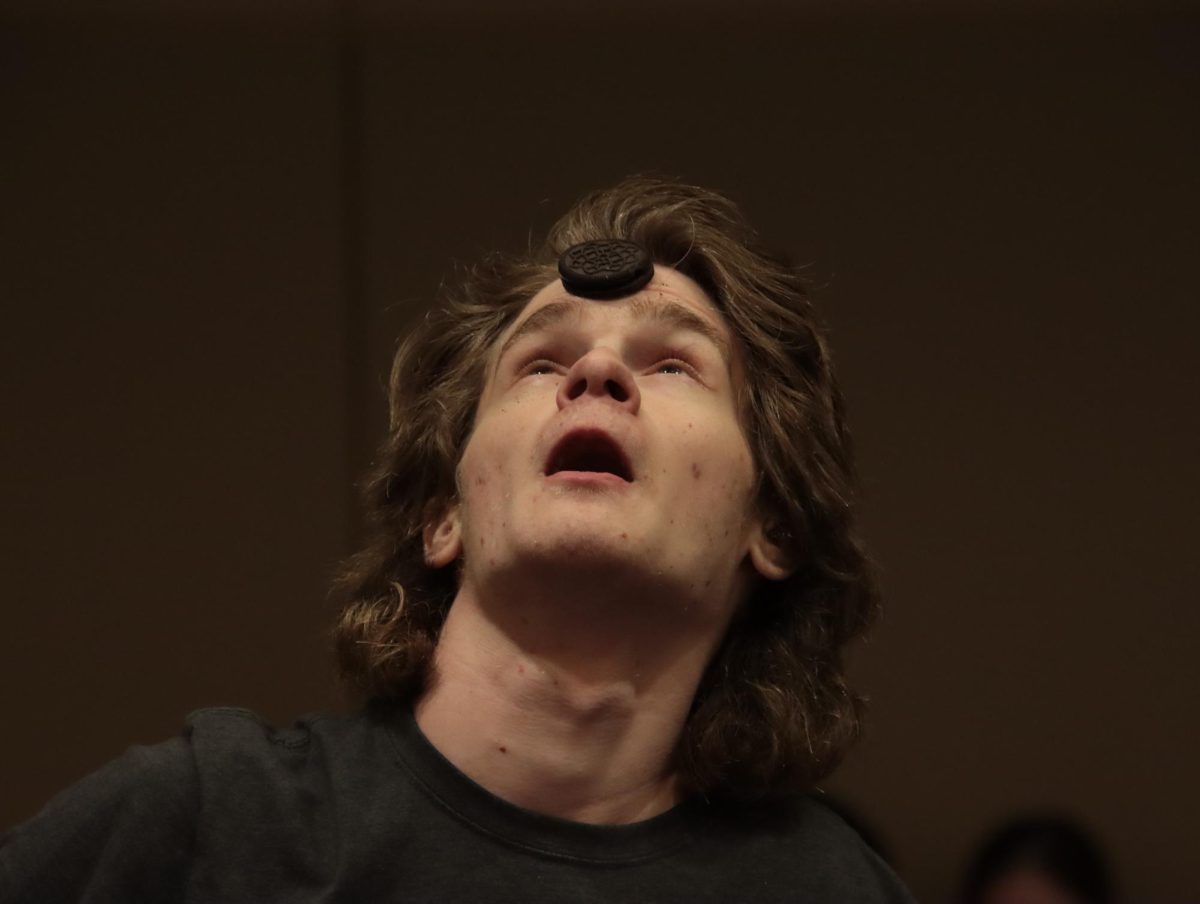On March 5 from 11 a.m. – 1 p.m., the Campus Activities Board hosted a henna and sugar scrub event at Memorial Union. At the event, students got the opportunity to get various henna designs on their hands and forearms as well as make a sugar scrub from scratch.
Christina Bailey, senior forensic science major and a member of CAB, talked about the event she helped organize. The event, which featured vendor and artist activities, was well-attended with many people making and taking home sugar scrubs.
“I think watching how many people are in line for the henna is really cool, and seeing how many people sit down and make a sugar scrub and take it home with them,” Christina Bailey said.
MacKobe Merwin, junior kinesiology and exercise and rehabilitation science major, took part in the event, getting a henna design done on his hands. Despite being his first experience with henna, he seemed to enjoy the process and outcome.
“I know that there is, or that there can be cultural significance, but I don’t think that it necessarily has to be culturally significant,” Merwin said. “I don’t think that you have to be a part of a specific culture to do it so I think anyone can partake in it, but it can certainly be reflective of certain cultures.”
Salina Giri, sophomore, computer information sciences major, made sugar scrubs at the event, and mentioned her preferences for sugar scrubs. Giri prefers homemade sugar scrubs for their organic ingredients and transparency, though she has also used store-bought ones.
“I definitely prefer homemade because these are organic, and I know what’s going in my scrub that I can use, but also I have I bought a lot of store-bought that I’ve used a lot of as well,” Giri said.
Camille Bailey, sophomore marketing and international business major shares her experience with henna, having applied it at events like after prom or at an Asian market. She attended the event after seeing it on Instagram and prefers a simple yet bold henna design for her fingertips.
Christina Bailey mentioned that they might host the event again, noting that the time frame between classes makes it difficult for some students to attend.
Edited by Stuti Khadka and Morgan Albrecht.












